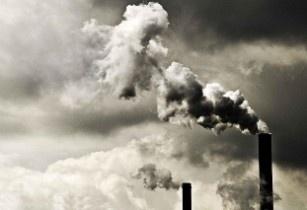Greenpeace analysis of new satellite data has shown that the world’s largest Nitrogen Dioxide (NO2) hotspot is in Mpumalang, South Africa
Melita Steele, senior climate and energy campaign manager for Greenpeace Africa, said, “It has been reported before that the Witbank area has the world’s dirtiest air, and now this analysis of high tech satellite data has revealed that the Mpumalanga province is the global number one hotspot for NO2 emissions.”
“This confirms that South Africa has the most polluting cluster of coal-fired power stations in the world which is both disturbing and very scary,” she added.
Mpumalanga has a cluster of twelve coal-fired power plants with a total capacity of more than 32 gigawatts owned and operated by Eskom.
“Eskom’s coal addiction in Mpumalanga means that millions of people living in Johannesburg and Pretoria are also impacted by the pollution from coal,” continued Steele.
The list of the largest NO2 hotspots in the world includes well known coal-fired power plants in South Africa, Germany and India. Cities such as Santiago de Chile, London, Paris, Dubai and Tehran also feature high in the ranking due to transport-related emissions.
She further said, “Air pollution is a global health crisis, with up to 95 per cent of the world’s population breathing unsafe air. South Africa is a significant global hotspot with its high concentration of coal power stations and its weak air pollution standards.
“The Government should set up an action plan with concrete steps, measures and deadlines to make sure that air pollution levels in high priority areas comply with existing regulations” concluded Steele.




